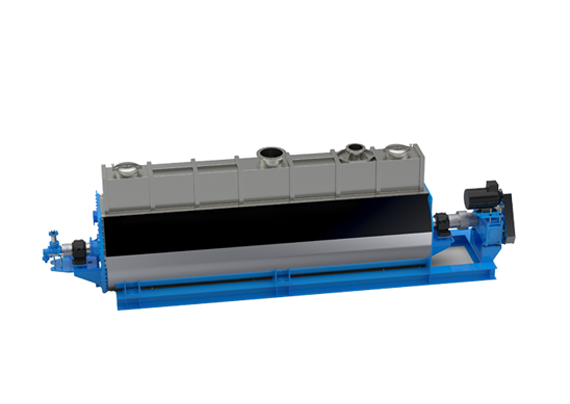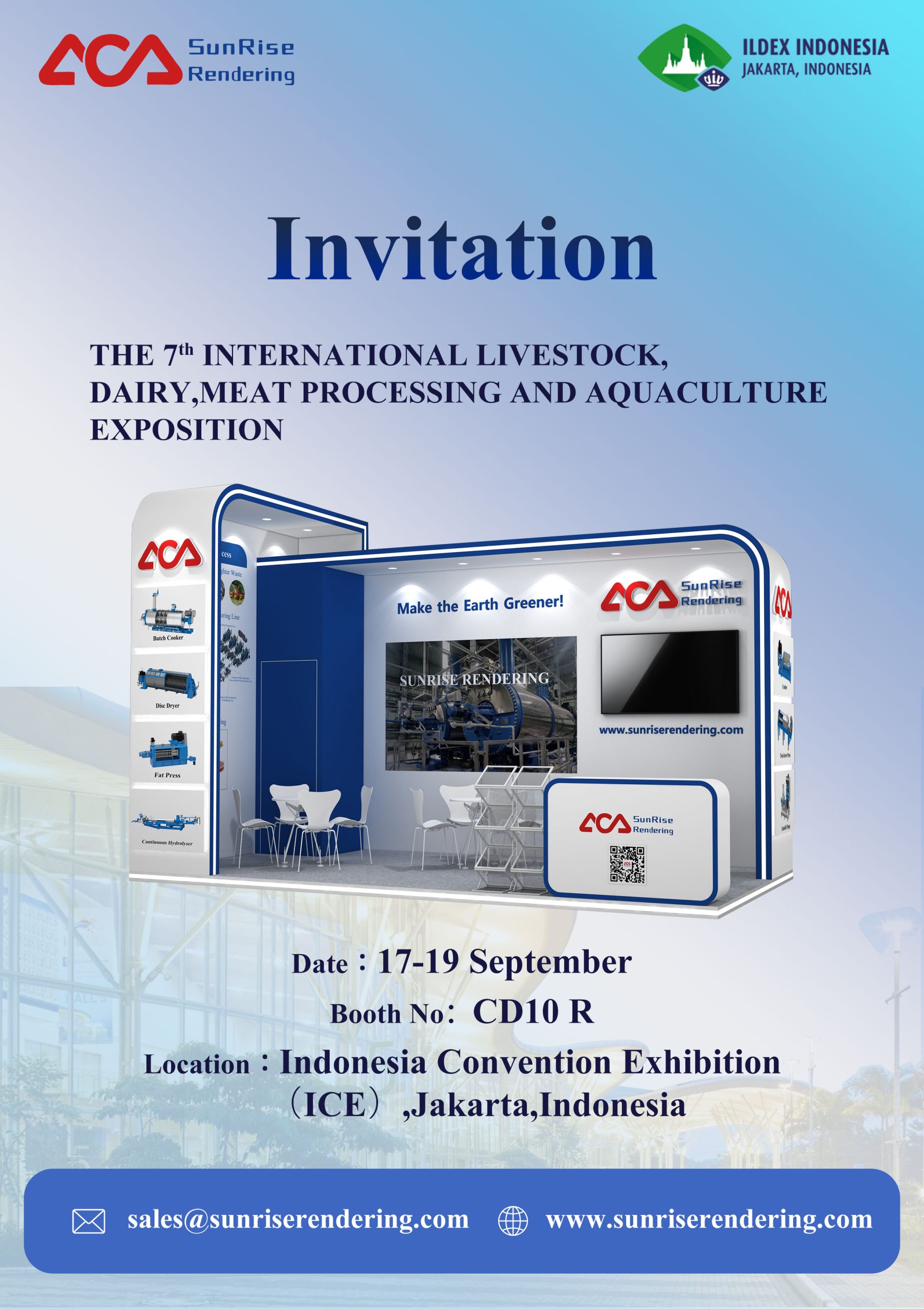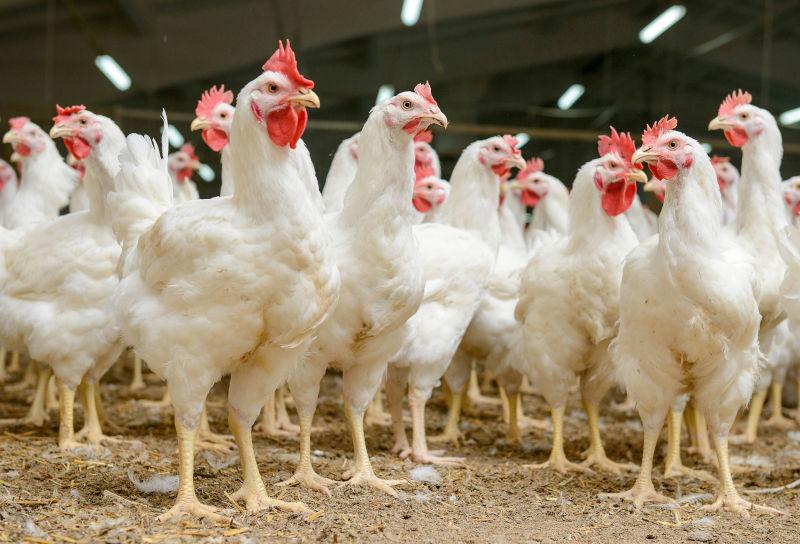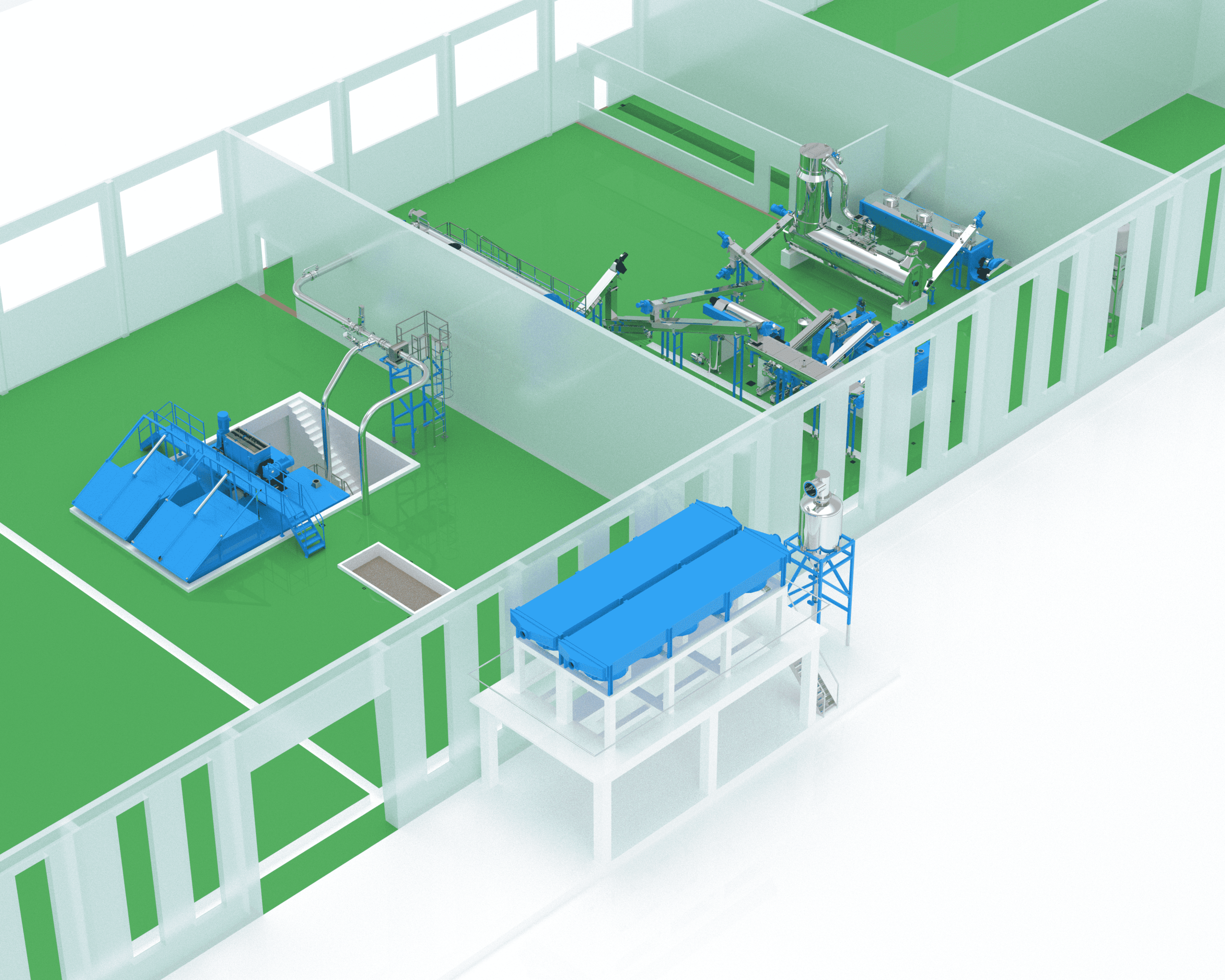
Unlocking the benefits of livestock rendering plants
Unlocking the benefits of livestock rendering plants
What is meant by livestock rendering plants?
Have you ever wondered what happens to an animal’s remnants once it dies? Is there a reason for it, and how are they disposed of? We shall dig into the world of livestock rendering facilities in this blog article, illuminating the heroes of the agricultural sector. Recent years have seen a rise in the importance of and debate over animal rendering facilities in agriculture. Livestock rendering plants are essential for the recycling and disposal of animal byproducts. Still, how they operate has alarmed environmentalists, animal rights proponents, and the locals who live close by. They play a crucial part in the food production cycle by converting animal waste into useful resources, reducing waste, and encouraging a more sustainable agricultural system.
How does livestock render plants helps the environment?
Most likely, you think of meat when you consider raising cattle. Fabrics made of wool, cushions filled with feathers, or leather? However, consider all the other components of the animal. Farmers and ranchers are the perfect recyclers since nothing is wasted. What happens to the animal’s other components, save the obvious? Rendering using animals can help with it. But what exactly is animal rendering, you ask?
Using animals for food means you will inevitably have animal parts that cannot be used to make conventional food items. Certain organs, flesh on the legs or around the bones, extra fat, and other unattractive but edible components may be present in some of these sections, while others may not be eaten in their current state. This massive quantity of cattle parts is transferred to a rendering factory rather than thrown into a landfill.

- We may use fats and proteins to enhance the nutrition of human and animal feeds and the various goods we can make for people.
- Organ meats and other by-products are rich in the vitamins and minerals that animals require for proper nutrition and health. These goods may be used to make feed for fish, poultry, cattle, and even domestic pets like cats and dogs.
- The rendering process employs high heating temperatures to stop the transmission of germs, viruses, and other health risks that may arise from utilizing certain body parts.
- High safety and quality requirements must be maintained since rendering products may be utilised as ingredients in food goods. Hazard analyses are regularly carried out to ensure that current good manufacturing practices are still appropriate.
In addition to reducing risks to the public’s health, rendering reduces the atmospheric concentration of greenhouse gases. By the North American Rendering Association, “Upcycling of Animal By-Products sequesters at least five times as many greenhouse gas emissions as it emits.” This procedure improves the sustainability of livestock operations and the food sector. Rendering is a crucial resource for culinary companies and raw materials from processing industries. People enjoy fried food, and restaurants must use a lot of oil to prepare it. More than 1.6 billion pounds of wasted cooking oil are recycled by rendering factories into biodiesel, renewable fuel, and animal feed. Each year, rendering produces around 22 billion pounds of animal proteins, lipids, and oils for use in other industries. The fact that no animal is wasted makes it the perfect sustainability tale.
What is the process of the livestock rendering machine?
You will need a livestock rendering plants machine from SunRise to effectively remove the bone marrow from raw animal bones to produce your dog food successfully. With this mouthwatering homemade dog food, you can give your pooch the greatest nutrition and taste. The marrow will then be released by heating the extract in a boiler. Most machines are made to remove the marrow from animal waste bones. However, certain brands are made to handle bone meal made from fish, poultry, or mammal flesh. For dogs, eating raw bones may be an excellent source of nourishment. Raw bones provide the ideal lunch since they are packed with essential nutrients, including marrow, cartilage, minerals, and proteins that are simple to digest because of their predatory nature.
How to conduct livestock rendering?
- Rendering, as defined by the U.S. Department of Agriculture, is “an off-site process that uses heat to convert animal carcasses into safe, pathogen-free feed protein and other valuable end products while reducing the negative effects of the carcasses on people and the environment.”
- To recover the lipids and proteins, the procedure may involve but is not limited to, boiling and drying meat and other animal and food leftovers. The byproducts of rendering are utilised in several commonplace goods, including soaps, paints, varnishes, lubricants, caulk, candles, cleansers, paints, polishes, rubber products, plastics, fertilizers, explosives, and so on.
Why choose livestock rendering plants from SunRise?
Sunrise Eco-protection’s mission is “the good faith integrity, achievement of customers, improve the self, and the pursuit of excellence,” it is committed to growing with its clients. It regularly updates its business ideas and development strategies, helps clients achieve long-term goals in the face of market competition, creates future development plans, establishes positive working relationships with clients, and works to establish itself as a reputable business.
We have been committed to providing the appropriate technological support and services to guarantee the flawless integration of the three main service chains before and after-sales. To add more value for customers, our after-sales technical team and quick response plan ensure the smooth operation of all links, including design, production, installation, commissioning, personnel training, and after-sales support.
Conclusion:
The management of animal byproducts, which ensures their safe disposal and use, is greatly aided by livestock rendering plants. These rendering facilities are crucial to the agricultural sector because they process animal leftovers and turn them into useful commodities, fulfilling a crucial need. SunRise also offer long-term quality tracking service for the turnkey livestock and poultry rendering project that has been tried, tested, and approved.



